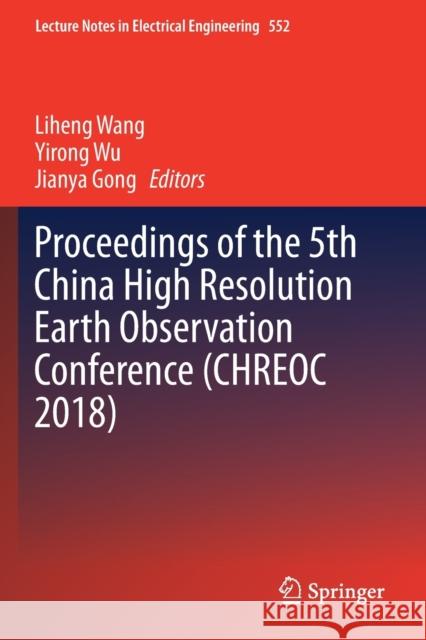Proceedings of the 5th China High Resolution Earth Observation Conference (Chreoc 2018) » książka
topmenu
Proceedings of the 5th China High Resolution Earth Observation Conference (Chreoc 2018)
ISBN-13: 9789811365553 / Angielski / Miękka / 2020 / 185 str.
Proceedings of the 5th China High Resolution Earth Observation Conference (Chreoc 2018)
ISBN-13: 9789811365553 / Angielski / Miękka / 2020 / 185 str.
cena 578,30 zł
(netto: 550,76 VAT: 5%)
Najniższa cena z 30 dni: 574,29 zł
(netto: 550,76 VAT: 5%)
Najniższa cena z 30 dni: 574,29 zł
Termin realizacji zamówienia:
ok. 20 dni roboczych.
ok. 20 dni roboczych.
Darmowa dostawa!
Kategorie:
Kategorie BISAC:
Wydawca:
Springer
Seria wydawnicza:
Język:
Angielski
ISBN-13:
9789811365553
Rok wydania:
2020
Wydanie:
2019
Numer serii:
000367340
Ilość stron:
185
Waga:
0.27 kg
Wymiary:
23.39 x 15.6 x 1.04
Oprawa:
Miękka
Wolumenów:
01
Dodatkowe informacje:
Wydanie ilustrowane











